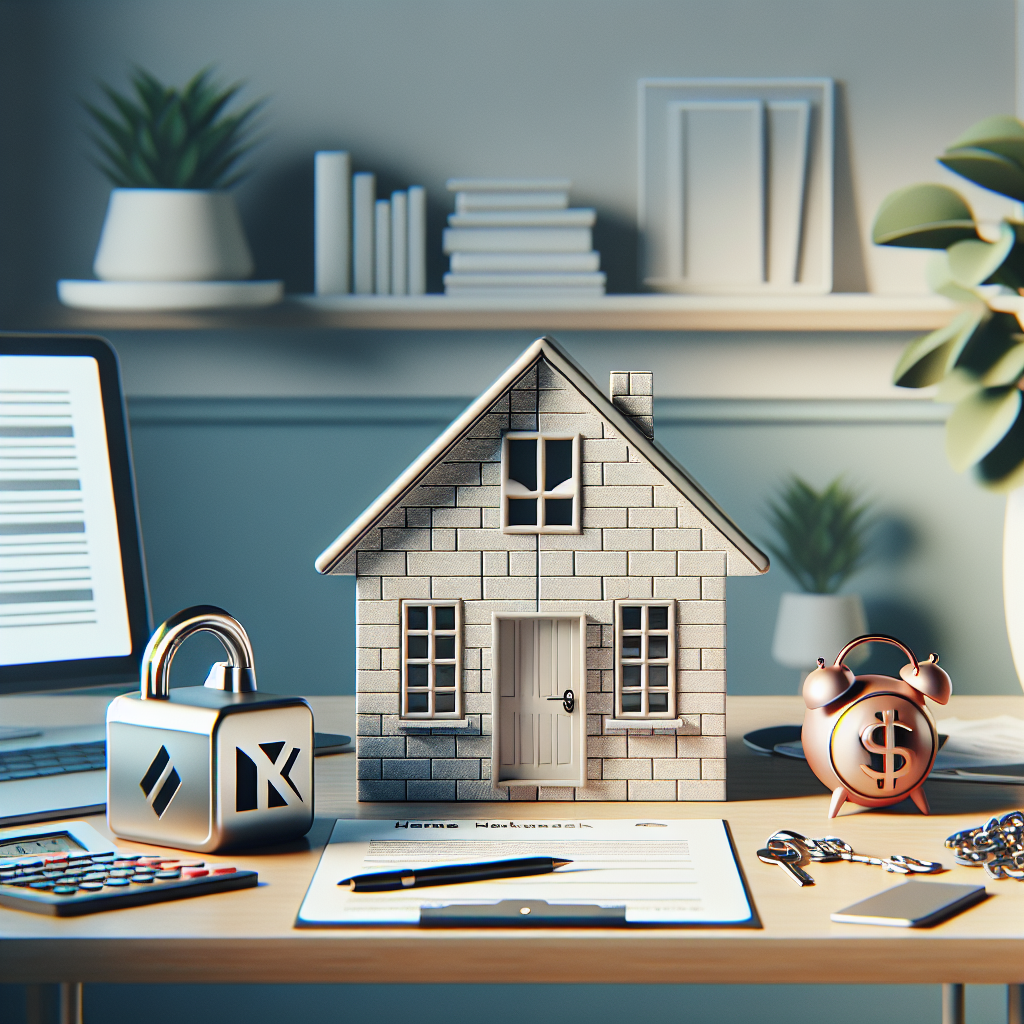In recent years, the concept of sustainability has gained traction in many sectors, including finance. Financial institutions are increasingly aware of the importance of offering products that are not only profitable, but also contribute to a more sustainable future. In this context, sustainable lending stands out as an innovative solution, especially with the rise of online lending platforms. This article will explore how institutions such as Sydbank and Merkur Andelskasse are leading this revolution, as well as addressing the impact of other banks in Denmark, such as Danske Bank and Nykredit Realkredit A/S. Throughout this article, you will learn how these loans can help both consumers and the environment, and what you need to know to get involved in this growing movement.
You’ll learn about the practices that make a loan sustainable, examples of how different institutions are implementing these practices, and future trends that could shape this market. We’ll also cover a useful checklist to help you identify whether a loan is truly sustainable and what to consider before seeking financing. Read on to find out how you can be part of this transformation and what steps you can take to benefit from a financial system that prioritizes sustainability.
What are Sustainable Lending?
Sustainable lending is financing designed to promote practices that help preserve the environment and improve society. This can include, for example, providing credit for renewable energy projects, energy-efficient building renovations, or investments in sustainable infrastructure. The central idea is that the money lent not only helps the borrower achieve their economic goals, but also makes a positive contribution to the planet.
With the rise of online lending platforms, it has become easier for consumers and small businesses to access these types of loans. Institutions such as Sydbank and Merkur Andelskasse have adopted targeted lending policies that ensure that capital is used responsibly and consciously. This represents a significant shift from traditional lending models, where the focus was almost exclusively on financial profit.
Furthermore, interest rates for sustainable loans are often more competitive, as financial institutions also seek to improve their reputation and attract an increasingly environmentally conscious audience. This strategy not only benefits consumers, but also strengthens the position of institutions in the financial market.
Why Choose Sustainable Loans?
Choosing sustainable loans brings a series of benefits that go beyond the financial aspect. One of the main arguments in favor of this type of financing is the possibility of unifying economic and social interests. By financing projects that reduce the carbon footprint or promote social inclusion, you are not only improving your finances, but also contributing to a better world.
Additionally, transparency in operations is a characteristic often associated with institutions that offer sustainable lending. This means consumers can have more confidence that their money is being used ethically. Corporate social responsibility (CSR) practices are on the rise, and many consumers prefer to do business with institutions that share these values.
Last but not least, sustainable loans can result in long-term financial savings. Energy efficiency projects, for example, often pay for themselves over time, reducing operating costs and generating significant savings for the borrower.
The Revolution of Financial Institutions: Case Studies
Several financial institutions in Denmark are excelling in implementing sustainable practices. Let’s explore how some of them are shaping the future of lending.
Sydbank, for example, has invested heavily in financial products that encourage the use of renewable energy and waste reduction. The bank has launched a credit line specifically for green projects that range from purchasing electric cars to installing solar panels. This demonstrates not only its commitment to sustainability, but also its capacity for innovation in financial products.
Merkur Andelskasse, on the other hand, is known for its focus on ethical investing. The institution offers loans to social and environmental projects of any size, from small businesses to large community initiatives. This cooperative model allows community members to actively participate in financing decisions, creating a positive cycle of social responsibility and financial commitment.
Future Trends in Sustainable Lending
Sustainability in finance is far from a fad. As awareness of environmental issues grows, financial institutions are adapting and innovating. Emerging technologies such as blockchain and artificial intelligence could play a crucial role in revolutionizing the way sustainable lending is managed.
One of the most notable trends is the digitalization of the lending process. This includes the use of platforms that directly connect lenders and borrowers, eliminating intermediaries and allowing consumers to access better rates and conditions. The use of data and algorithms can also help institutions assess the viability and sustainability of proposed projects, ensuring that capital is allocated responsibly.
Furthermore, pressure for greater transparency and social responsibility is driving institutions to adopt more rigorous sustainability practices. Consumers are increasingly demanding that financial institutions account for how their funds are being used and what social and environmental impacts are being generated.
Tools and Resources for Sustainable Lending
For those interested in exploring sustainable lending, there are several tools and resources available. Here are a few:
- Loan Calculators: Many financial institution websites offer calculators that allow you to simulate different loan scenarios. These calculators help consumers better understand the total cost of the loan over time.
- Comparison Platforms: Sites like MoneySuperMarket and Compare The Market offer comparisons of different financial products, including sustainable loans.
- Financial Consultants: Consulting a financial expert who understands sustainability can help identify the best options tailored to your needs.
Checklist for Identifying a Sustainable Loan
Below is a handy checklist to help you identify whether a loan is truly sustainable:
- Does the loan finance projects that generate environmental benefits?
- Does the financial institution adopt transparency and social responsibility practices?
- Are there policies in place to ensure that capital is used effectively for sustainability?
- Does the institution offer favorable conditions, such as lower interest rates, for sustainable projects?
- Is there support or consultancy to help borrowers apply resources effectively?
Benefits of Sustainable Lending
In addition to the environmental aspects, sustainable loans provide a number of additional advantages:
| Benefit | Description |
|---|---|
| Competitive Interest Rates | Institutions often offer better conditions to encourage sustainable projects. |
| Customer Experience | Transparency and customer support are generally more robust at sustainability-focused institutions. |
| Positive Impact | Possibility to contribute to relevant social and environmental causes. |
| Innovation | Encouraging the development of innovative solutions that benefit both the consumer and society. |
Sustainable Lending FAQs
If you still have questions about sustainable lending, here are some frequently asked questions that may help:
- What is the difference between a conventional loan and a sustainable loan? Sustainable loans are intended to finance projects that have a positive impact on the environment or society, while conventional loans focus only on financial returns.
- How can I find a sustainable loan? Research financial institutions that share your values and offer sustainability-focused products, and use comparison platforms.
- Are sustainable loans more expensive? Sustainable loans generally have competitive rates, and in many cases, the savings generated by the project finance the loan costs.
- Can I use a sustainable loan for any type of project? Not all projects are eligible; generally, they must demonstrate a positive environmental or social impact.
- Do financial institutions have checks in place to ensure sustainability? Yes, many institutions carry out rigorous assessments to ensure that funded projects actually meet sustainability criteria.
In conclusion, sustainable loans are becoming an increasingly attractive option for both consumers and financial institutions. With a more ethical and responsible approach, they not only meet financial needs but also help build a better future. If you are considering an online loan, consider the opportunities offered by institutions such as Sydbank and Merkur Andelskasse, and make the choice that aligns your financial goals with sustainability.
Now that you’re equipped with information about sustainable lending, consider the options available and how they align with your personal philosophy. The future of finance is sustainable, and you can be a part of that change.

